Continuation of https://thegrassrootsgazette.ie/show-time/
Watching a mare foaling is one of the most magical things you can witness!
Once you’ve checked the presentation and the mare is pushing, there are three basic approaches. Totally hands off – when you leave the stable/immediate area, but are close enough to help if needed. Then there are the active helpers – diving in and pulling the foal out, regardless of whether the mare is doing the job herself or not. And then you have the middle ground, which is, from what I’ve been taught and from what I’ve experienced, my preference.
《《Obviously this refers to a normal foaling where things are progressing as they should! There are situations where immediate assistance is required, but that’s another story… 》》
Aggressive interference when not needed can precipitate problems, such as putting a mare off pushing, etc.
Once the feet and nose have appeared, a foaling attendant can crouch behind the mare, and with gloved hands for hygiene, help to ease the legs out with the mare’s contractions. The first part of the foal’s body can emerge quite gradually.
It may be necessary to lift the amnion (the opaque membrane immediately surrounding the foal), sometimes called “the white bag”, from the foal’s nose, or even, in some cases, break it open if the foal’s feet have failed to do so.
This is one of the reasons a mare should not foal unattended – I have heard of many foals that have suffocated simply for want of the membrane being lifted away from its nose.
Once the foal has emerged as far as its midsection/ribcage, there ideally shouldn’t be a delay in delivering the hindquarters, as at this stage the umbilicus is compressed against the pelvic brim etc.
After the foal’s entire body has been delivered, the ideal is for the foal to remain quietly behind the mare with the umbilicus still attached, as there is a good amount of blood still passing through the umbilicus to the foal. This doesn’t always happen, as sometimes the mare will stand immediately after delivery to meet her foal.
((It won’t harm your foal if it doesn’t get that last cord blood transfusion!!!))
The umbilical cord has a natural “weak spot” where it should break. This can happen when the mare stands up, when the foal is delivered if the mare foals standing up, or it can happen as attendants move the foal.
If your method is to pull the foal around to the mare’s head, if possible, you should wait until all that cord blood has passed through the umbilicus. How can you tell? If you grasp the umbilical cord, you can actually feel the blood pulsing through the umbilical arteries. Once this pulse has weakened to the point of being difficult to discern, that is when you can move the foal if you choose to.
NEVER pull the umbilical cord. If you are moving the foal and the cord has not yet broken, you should make a (gloved) fist around the cord where it meets the foal’s belly, and push gently towards the belly while the foal is moved. This is to stop pressure away from the internal organs of the foal.
There is a natural cauterization process that compresses the blood vessels to stop bleeding once the umbilicus is broken. A gloved hand keeping pressure around the ruptured stump for a few minutes should be enough to assist in stopping the bleeding.
The umbilical cord should never be cut unless a veterinarian is consulted. Sometimes a stitch may be needed for an exceptionally thick umbilicus, but this is a situation for your vet to handle.
The navel stump should be sprayed soon after birth with some sort of disinfectant. The two most commonly used are chlorhexidine and iodine. This helps to prevent bacteria and other pathogens from entering the foal’s system via this opening.
The expulsion of the placenta is known as the third, and final, phase of labour. It is vital that this phase is closely monitored.
Once the foal is delivered, it is best practice to loop up and knot the placenta. This can be done once the mare stands up, but preferably even when she is still laid down.
This helps condense the weight of the placenta, which aids expulsion, as well as ensuring the mare does not stand on and tear the placenta. Most will need to be re-knotted as the placenta drops. Some foaling attendants are skilled enough to knot a placenta to itself, but you may wish to use a piece of baling twine to assist in the process.
The placenta should be fully expelled within 3 hours after the foal has been delivered, and once dropped, it should be examined for abnormalities, and to ensure it is intact. If you are not confident to do this, your vet can assist you.
I cannot emphasise enough how absolutely essential this step is – a retained placenta can kill a mare, and very, very rapidly!!!
Once your foal is on the ground, it is very tempting to jump right in fussing over them – they are undoubtedly incredibly appealing when they are new. However, the mare does need to be allowed to bond with her foal…
There is a common misconception that once a mare has pushed out a foal, whoever has been on foal watch can clock out and go to sleep… But the duty of care doesn’t slow down yet!
There are many important milestones that have to be met, and lots of tricks of the trade to help ensure your mare and foal make it through the first critical 72 hours as healthily as possible!
It is impossible for me to cover all I want to say in one article, so you’ll just have to keep reading along as the relaunched Grassroots Gazette website gets bigger and better!!!
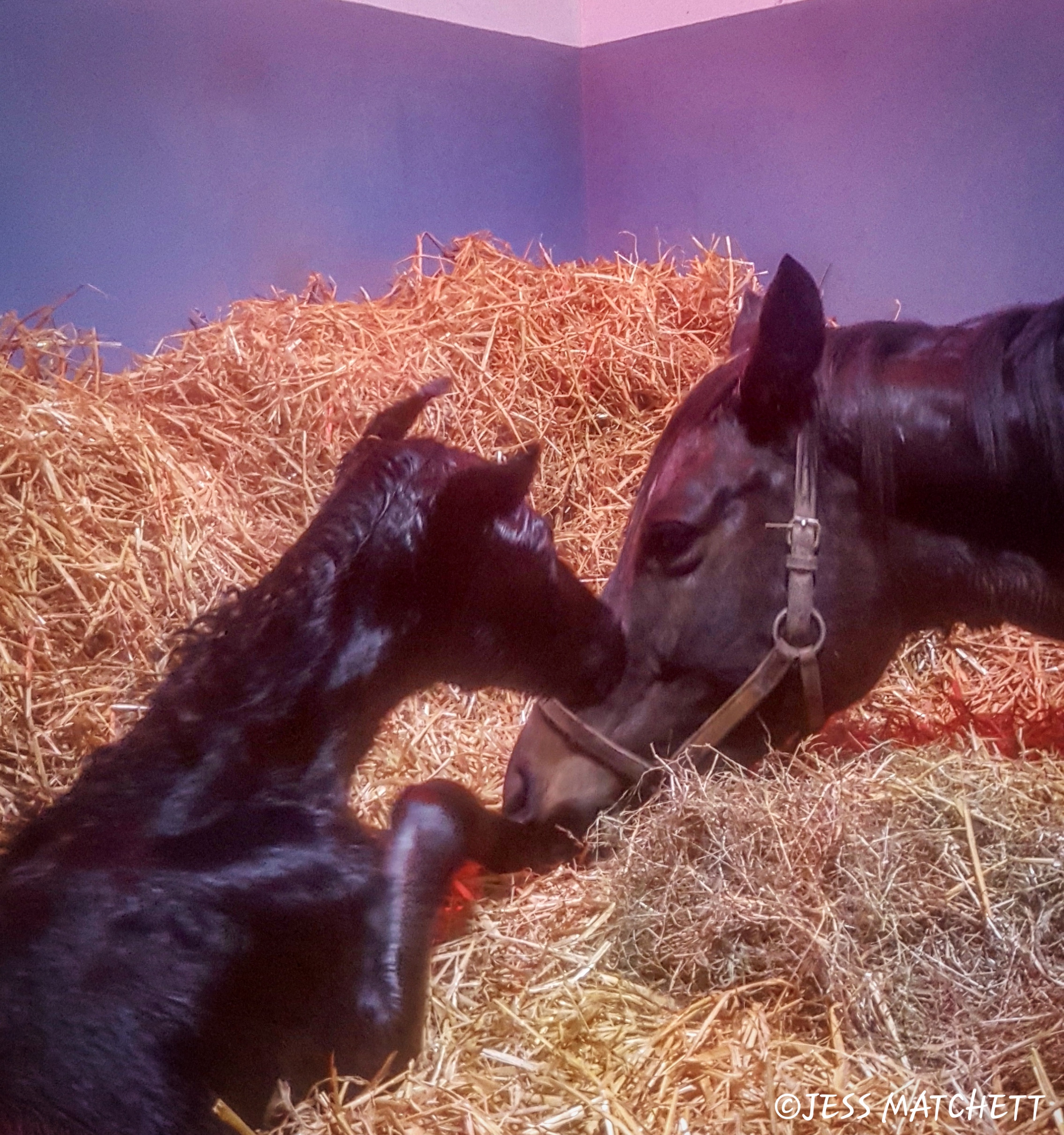
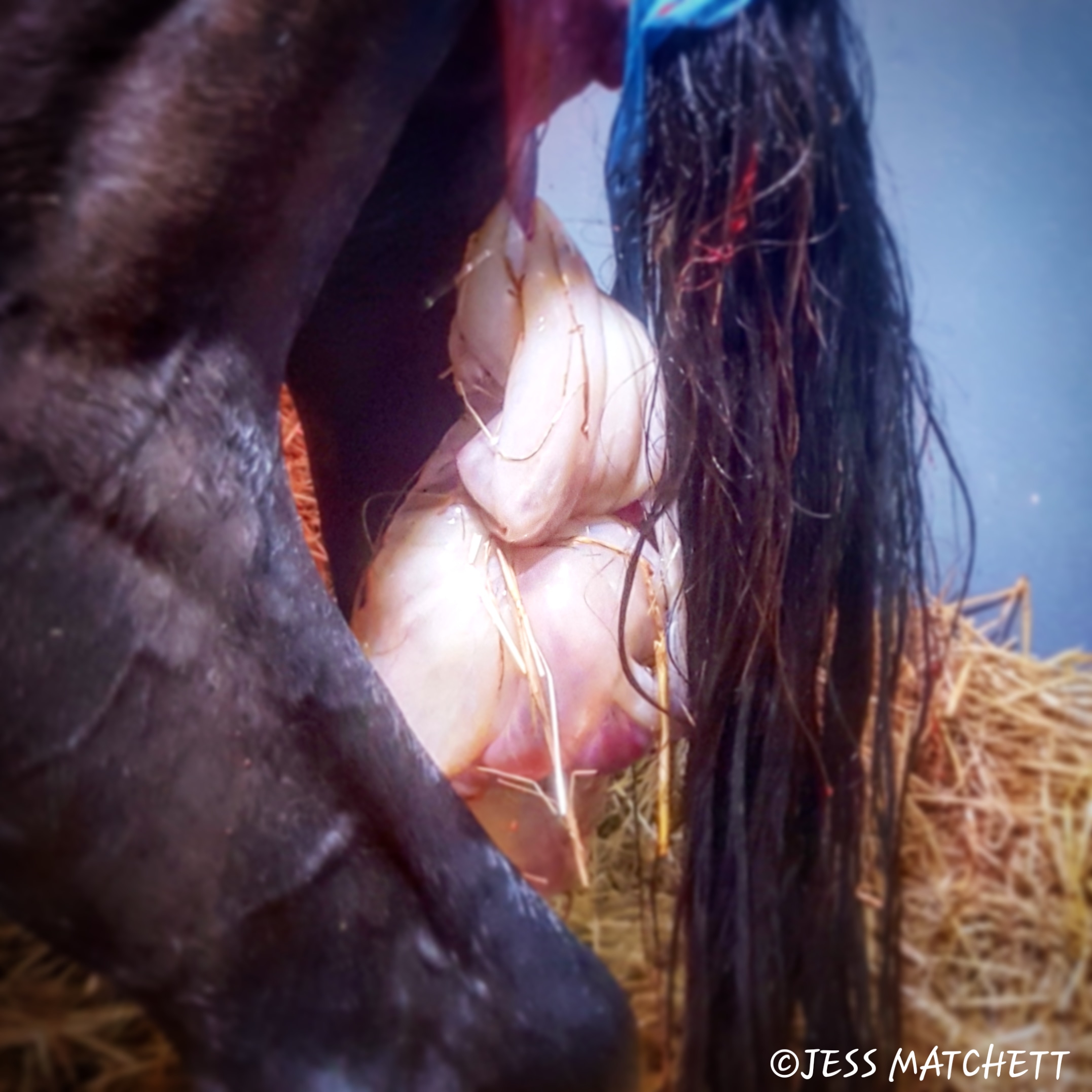
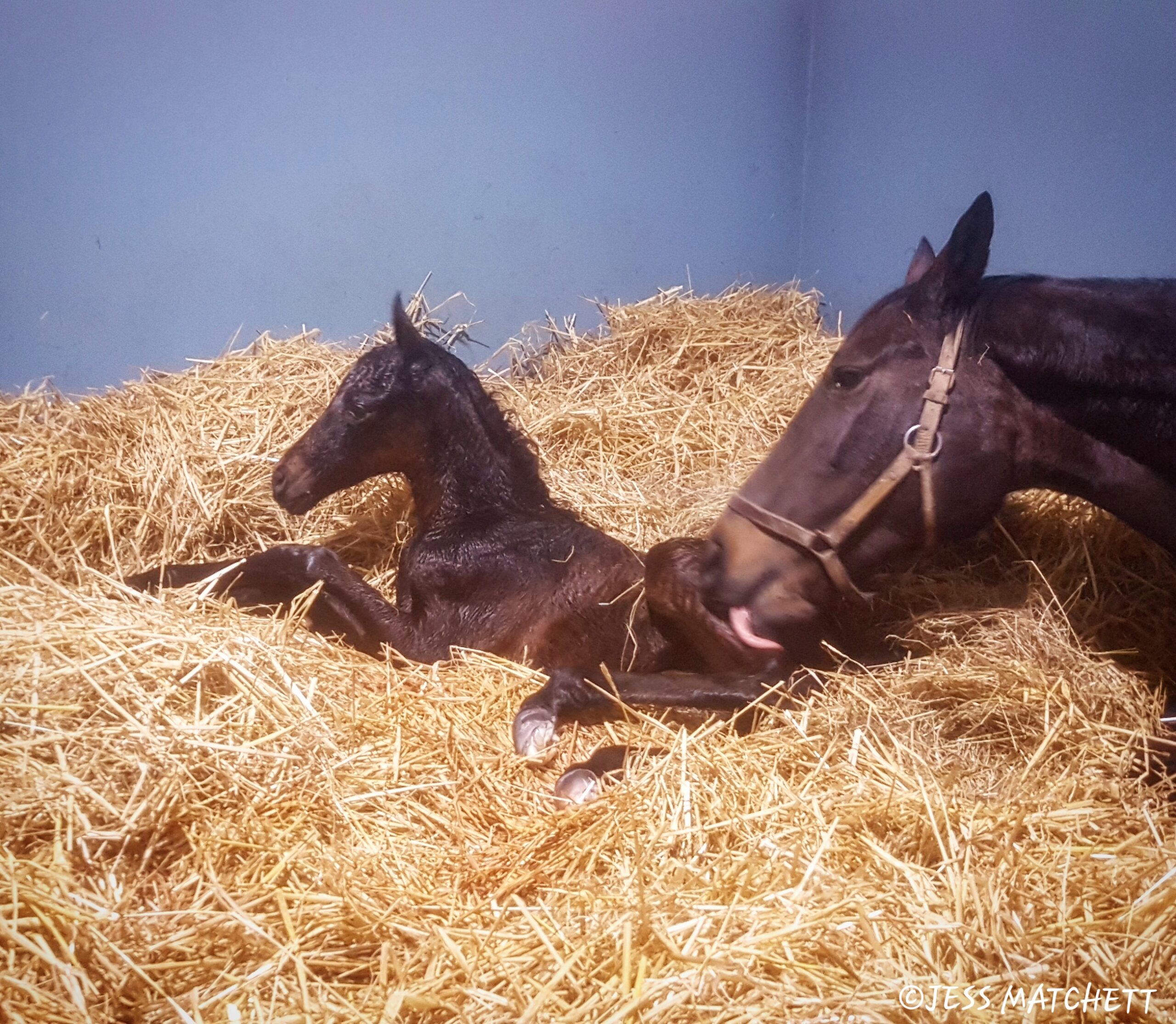
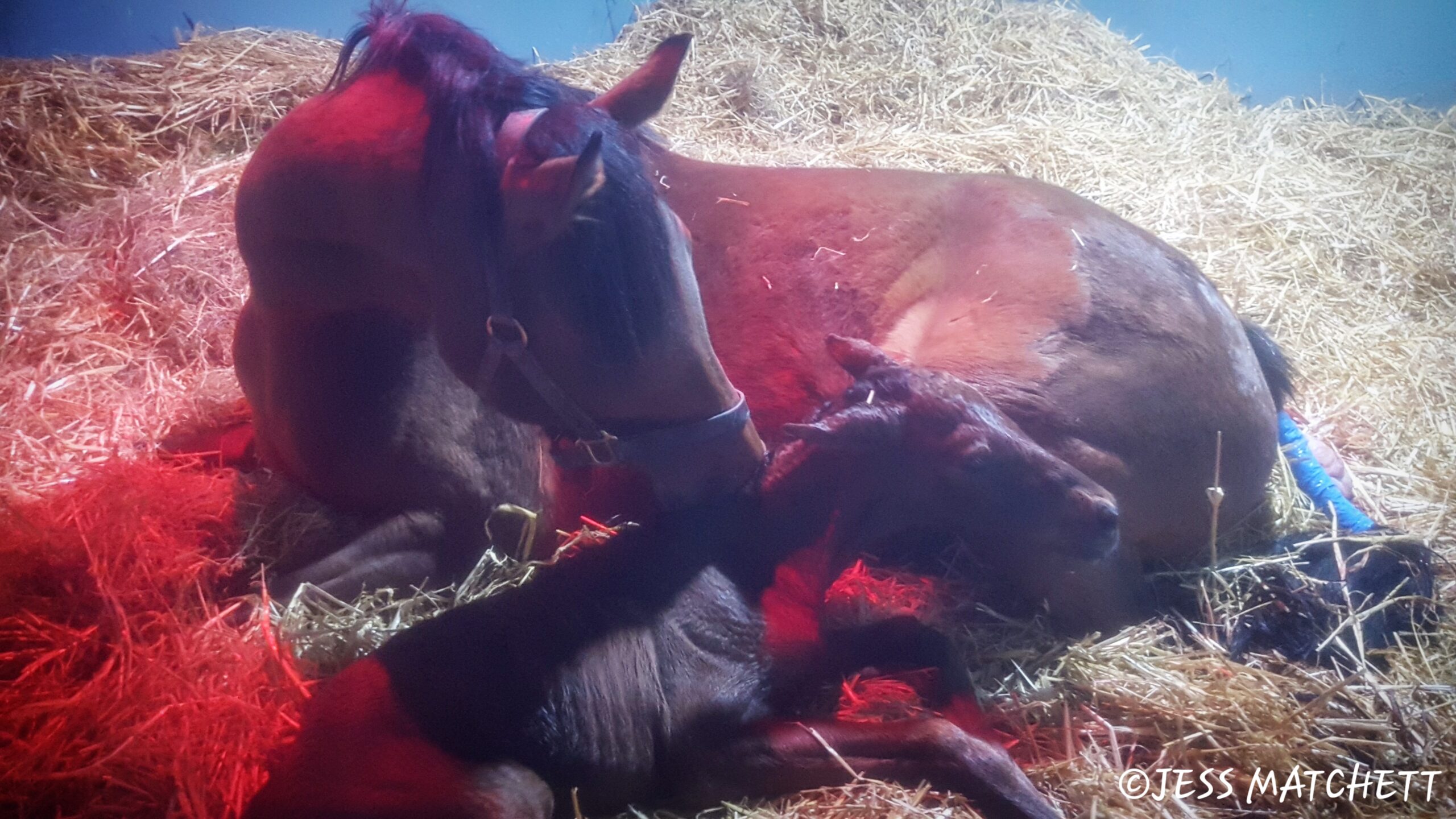
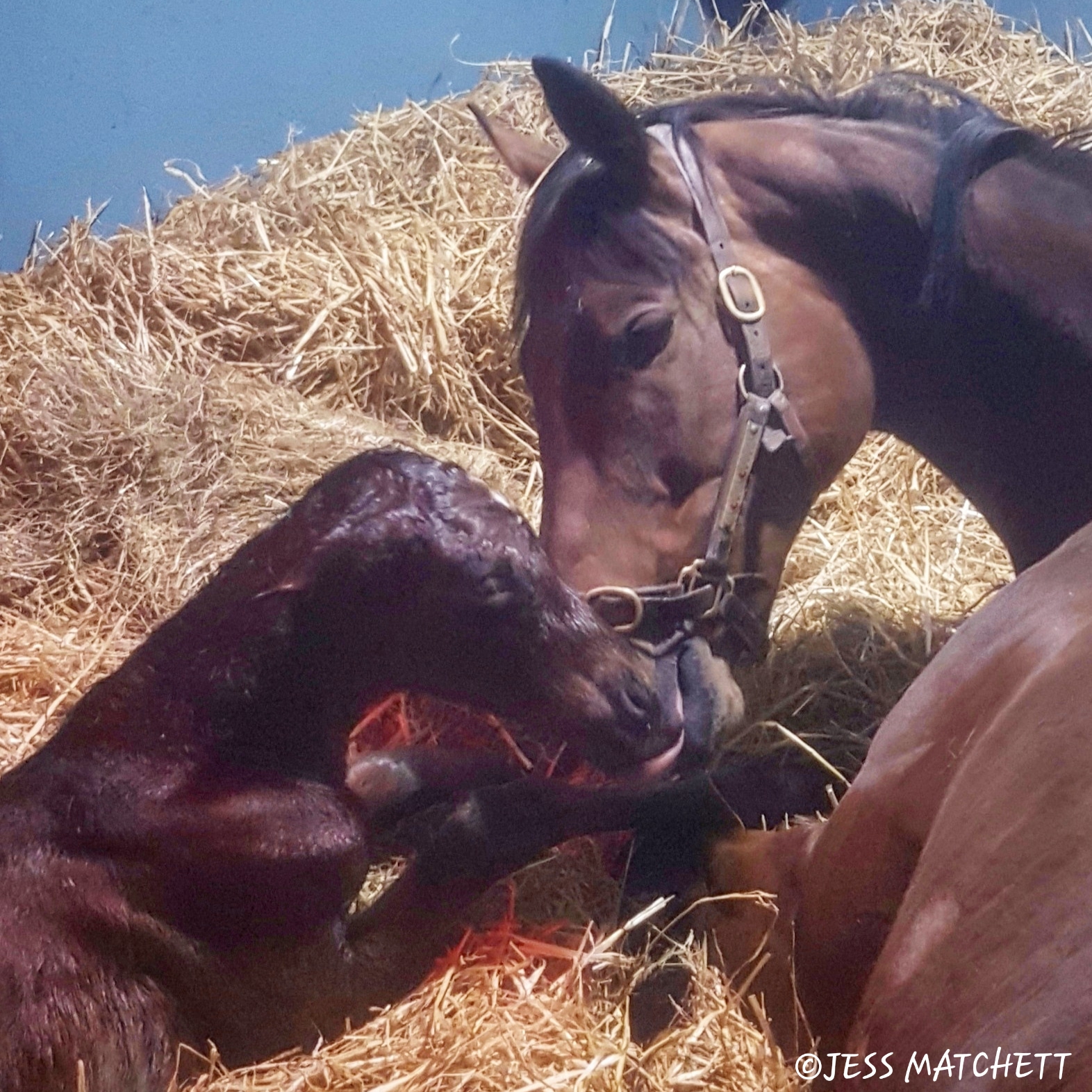
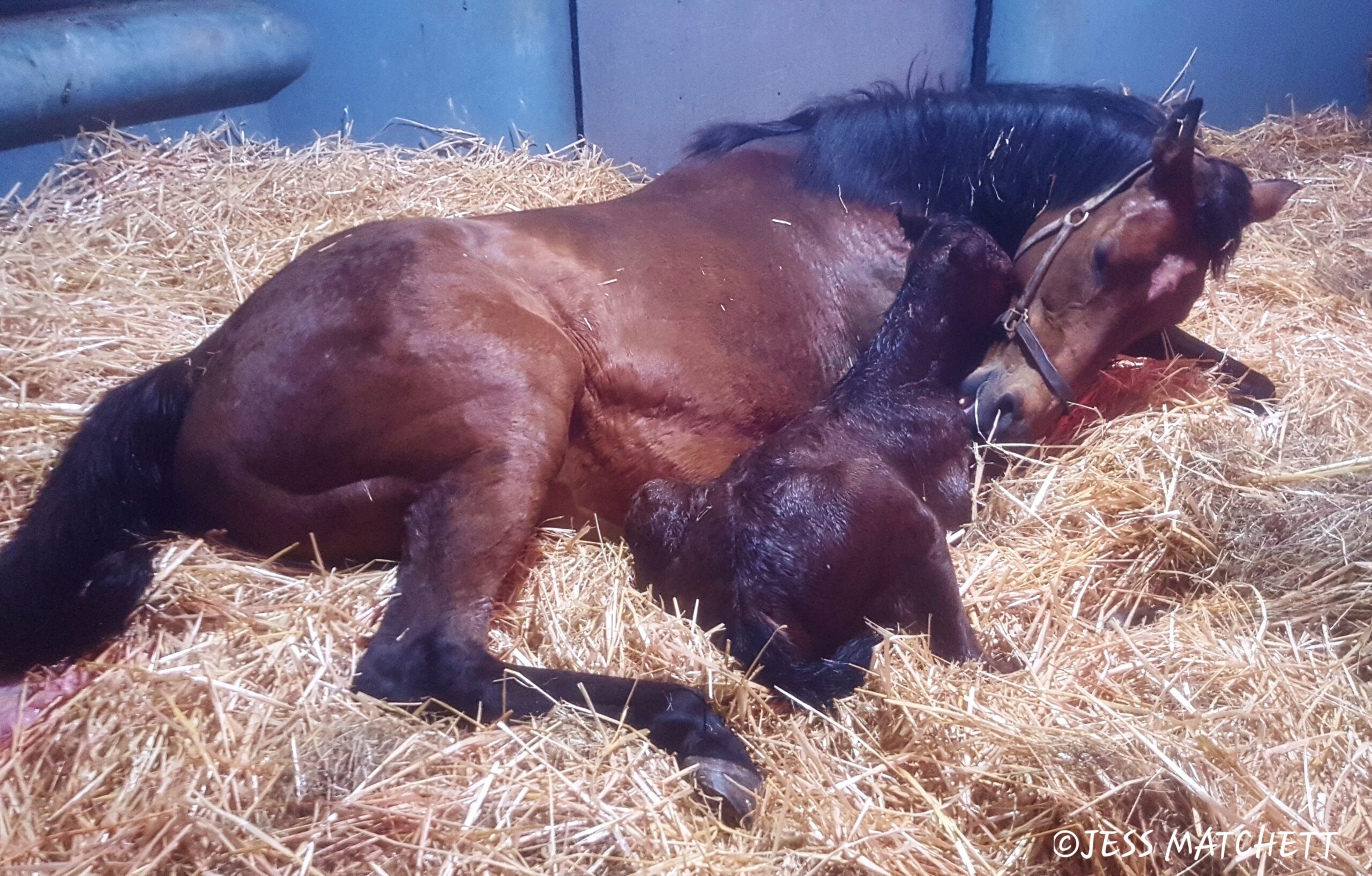
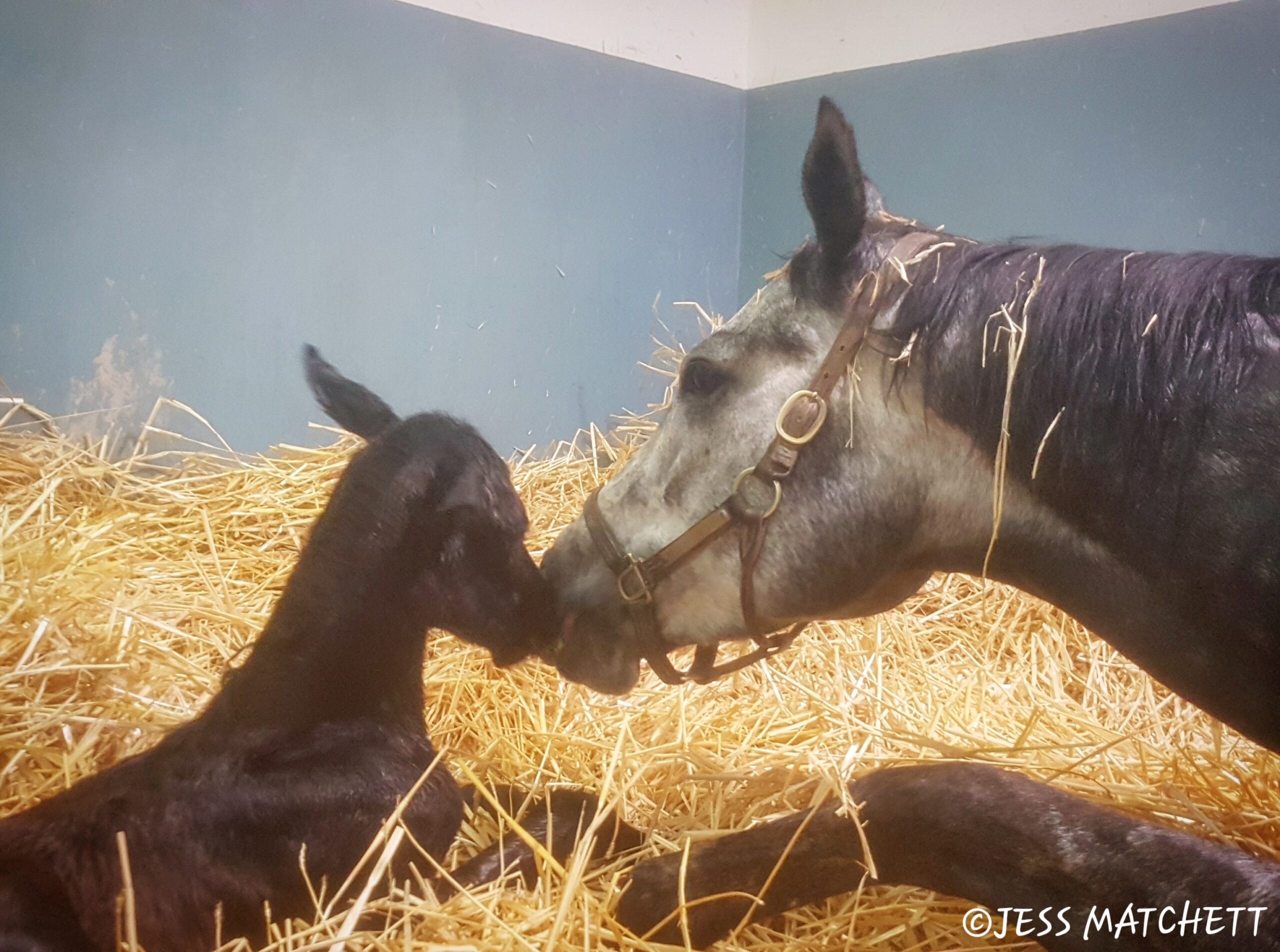
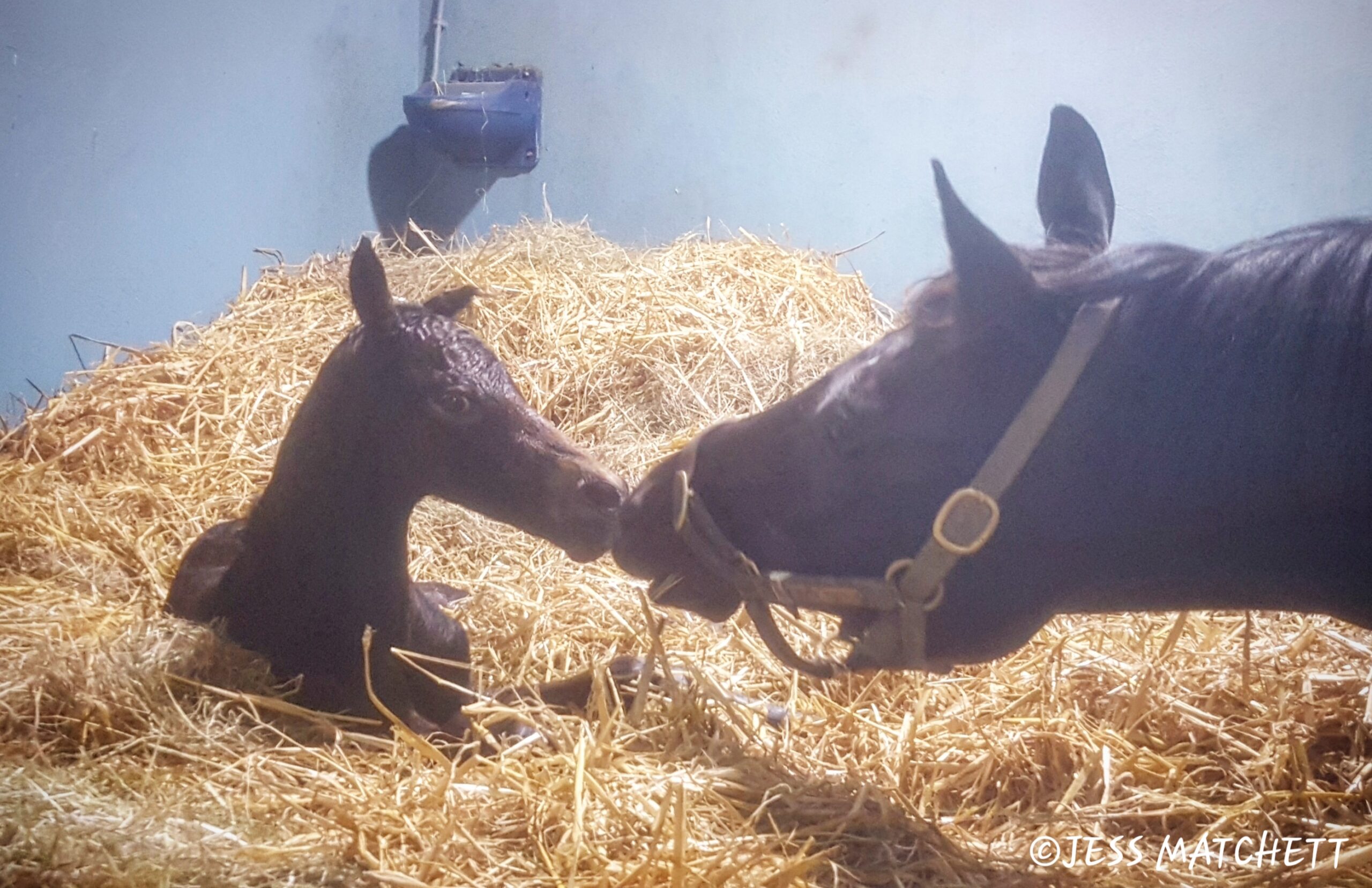
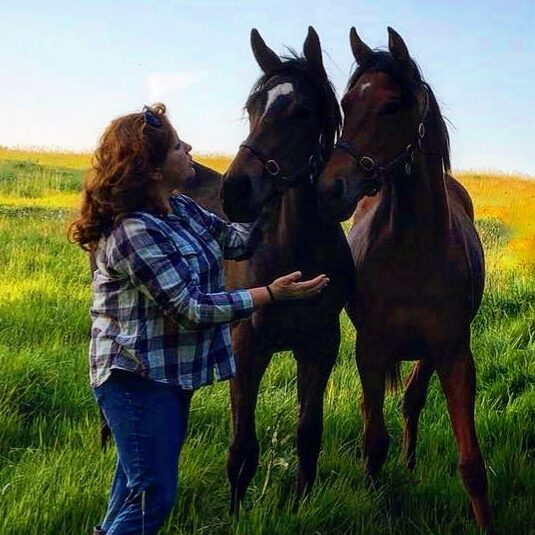

Share
Your subscription is 100% Free for our first year, No credit card details required.

The Judging Concerns That Keep Coming Back — And Why They Can’t Be Ignored Anymore We didn’t make it to

There are few sporting events that live up to the hype. Wimbledon? Too many strawberries. Cheltenham? Too many suits. But
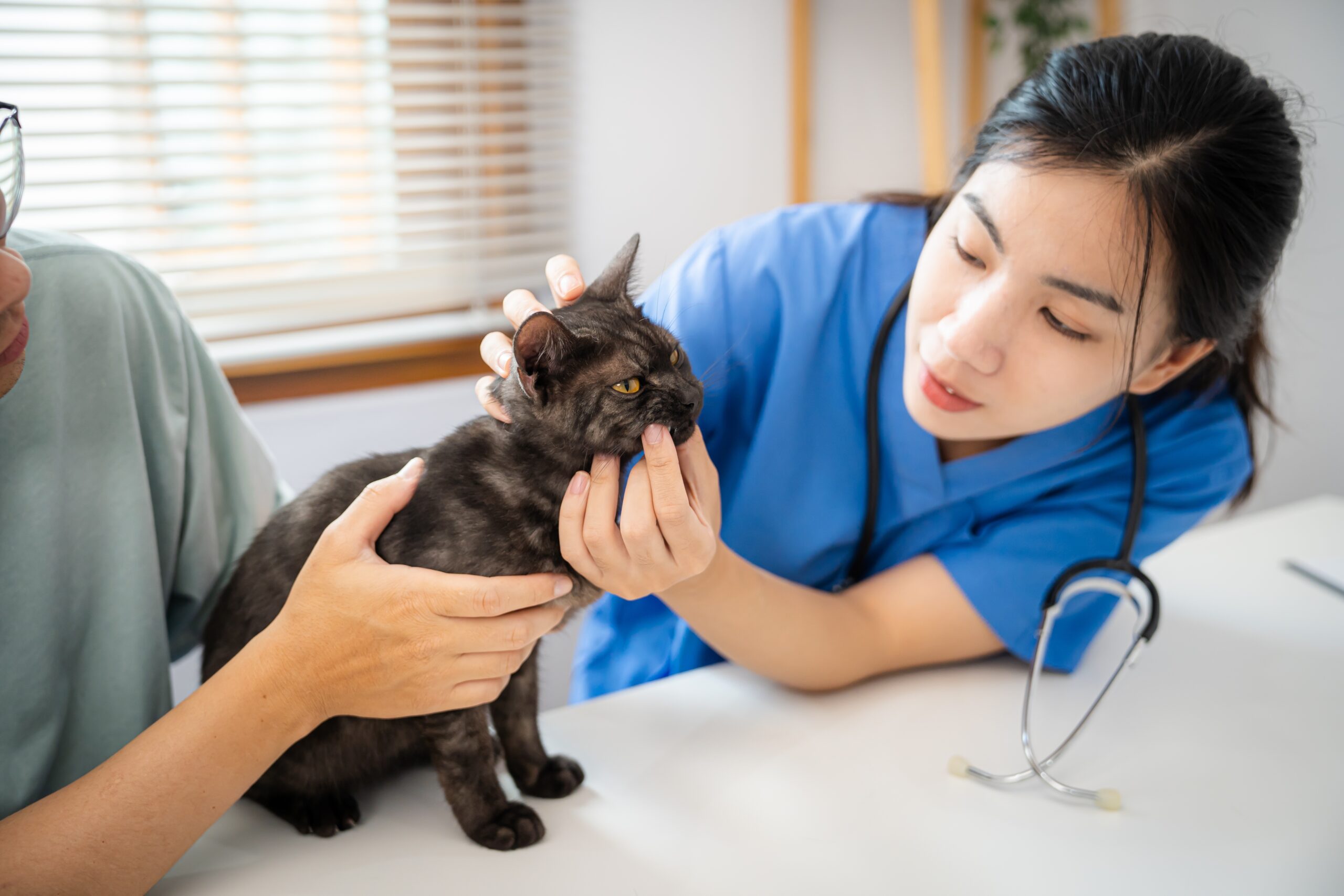
British Veterinary Association publishes full response to Competition and Markets Authority’s proposed remedies for veterinary market for household pets. The